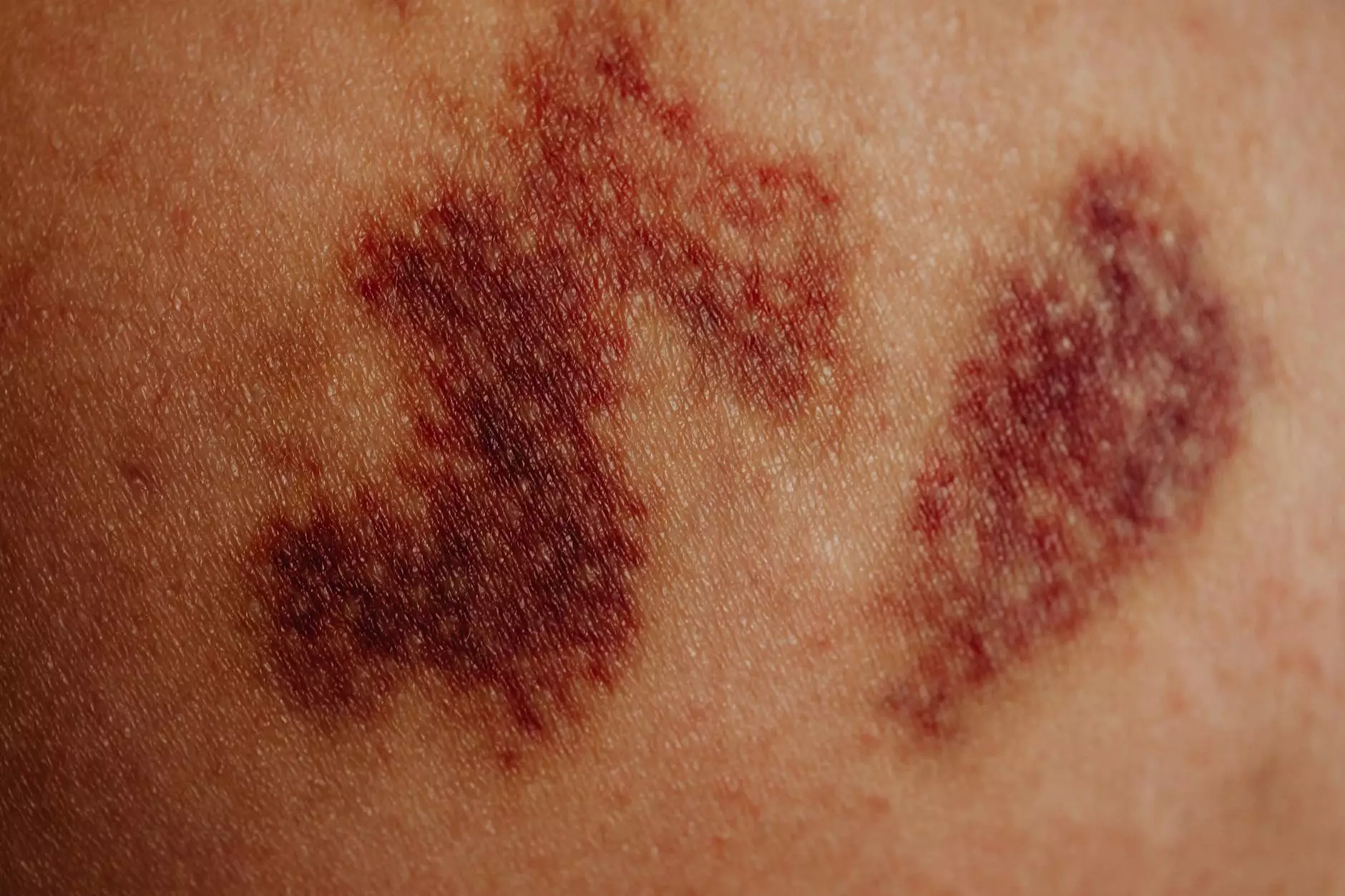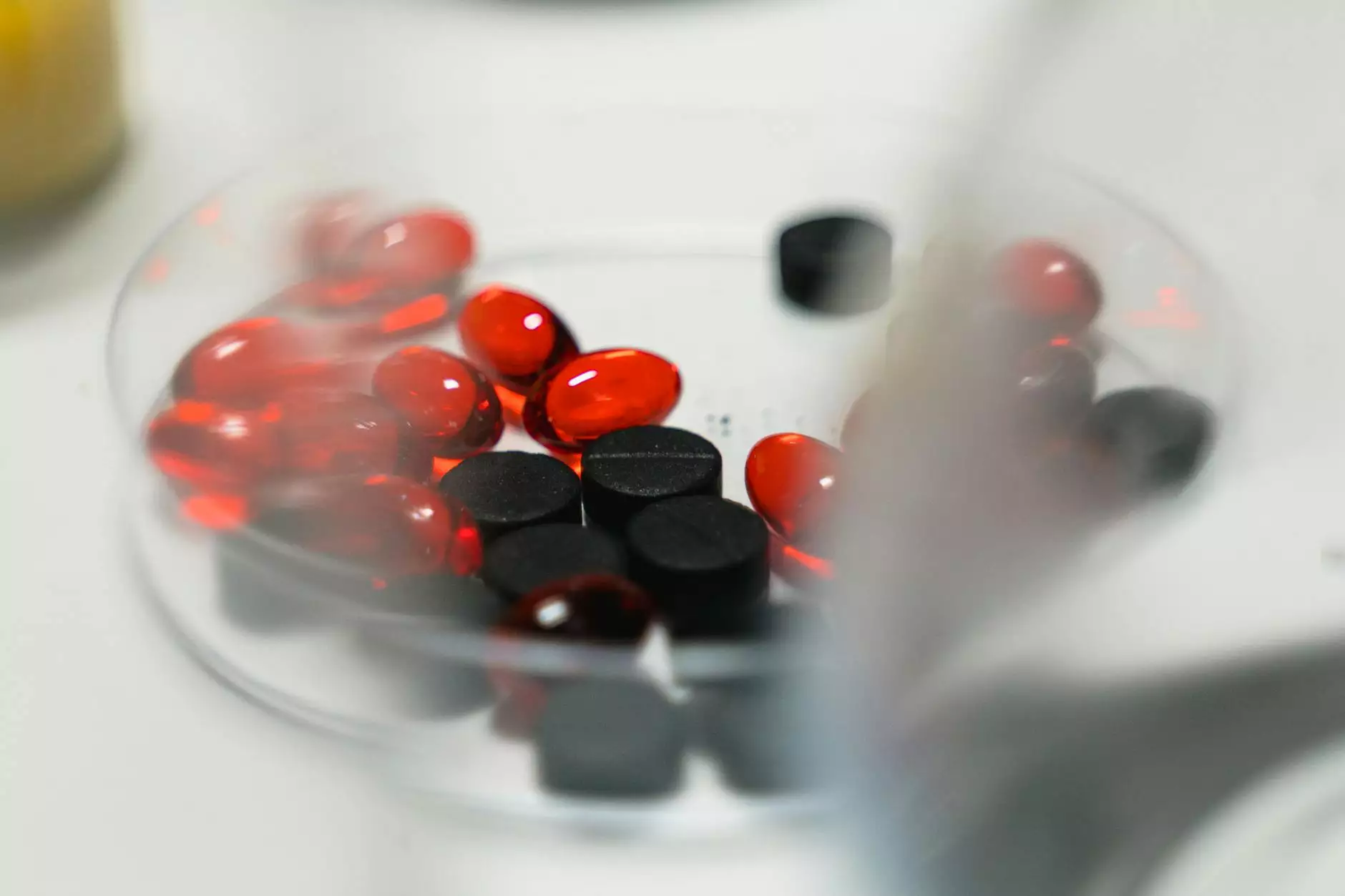Understanding Blood Clots on the Leg: Causes, Symptoms, Treatment, and Prevention

A blood clot on the leg, medically known as deep vein thrombosis (DVT), is a serious condition that requires prompt attention. This article explores the intricacies of DVT, from its causes and symptoms to treatment options and prevention strategies. Understanding this condition can empower individuals to seek timely medical help and avoid potential complications.
What is a Blood Clot on the Leg?
A blood clot on the leg occurs when a blood clot forms in the deep veins of the leg. This clot can partially or completely block the flow of blood, leading to various complications. While blood clot formation is a natural healing process, excessive clotting can pose serious health risks.
How Blood Clots Form
Blood clots can develop due to several factors, often described as the Virchow's triad, which includes:
- Stasis of blood flow: Prolonged periods of immobility, such as sitting for long hours during a flight or after surgery, can lead to blood flow becoming sluggish.
- Injury to the blood vessel: Trauma to the leg from injury or surgery can trigger the clotting process.
- Hypercoagulability: Certain medical conditions or genetic predispositions can make the blood more prone to clotting.
Causes of Blood Clots on the Leg
Understanding the causes of blood clots on the leg is crucial in identifying who is at risk. Key causes include:
1. Prolonged Immobility
Long periods of immobility, such as during long flights or bed rest due to illness or surgery, increase the risk of DVT. When blood doesn’t circulate freely, clots can form.
2. Obesity
Excess body weight puts added pressure on the veins in the legs, which can contribute to clot formation.
3. Pregnancy and Hormonal Changes
Women who are pregnant or taking contraceptive pills have an increased risk of DVT due to hormonal changes that can affect blood coagulation.
4. Smoking
Smoking contributes to vascular diseases and increases the likelihood of clot formations by damaging blood vessels and affecting blood flow.
5. Medical Conditions
Certain conditions such as cancer, heart disease, and clotting disorders increase the likelihood of developing DVT. Cancer treatments can also increase risk factors for clots.
Symptoms of Blood Clots on the Leg
Recognizing the symptoms of a blood clot on the leg is critical for early intervention. Some of the common symptoms include:
- Swelling: A noticeable swelling in one leg can be one of the main indicators of DVT.
- Pain: Often described as a cramp or soreness, pain may be felt in the affected leg.
- Red or Discolored Skin: The skin over the clotting area may appear red or discolored.
- Increased warmth: The area around the clot might feel warmer than the surrounding skin.
Diagnosis of Blood Clots on the Leg
If you suspect a blood clot on the leg, it is essential to seek medical evaluation. Diagnostic strategies include:
1. Physical Examination
A healthcare provider will perform a physical exam, checking for swelling, tenderness, and other signs of DVT.
2. Ultrasound
An ultrasound is the most common test used to diagnose DVT, as it can visualize blood flow and detect clots.
3. Blood Tests
Tests such as the D-dimer test may be conducted to check for indicators of clotting in the blood.
Treatment Options for Blood Clots on the Leg
Effective treatment is critical for managing blood clots on the leg and preventing complications such as pulmonary embolism. Treatment options include:
1. Anticoagulants
A common treatment for DVT involves anticoagulant medications, often referred to as blood thinners. These medications help prevent the clot from growing and reduce the risk of new clots forming.
2. Compression Stockings
Wearing compression stockings can help reduce swelling and alleviate pain by promoting blood flow in the legs.
3. Thrombolytics
In severe cases, thrombolytic therapy may be used to dissolve the blood clot quickly. However, this treatment carries a higher risk of bleeding.
4. Surgical Intervention
In some instances, surgical procedures may be necessary to remove the clot. This is typically reserved for severe cases that do not respond to other treatments.
Complications of Blood Clots on the Leg
If left untreated, blood clots on the leg can lead to severe complications, such as:
1. Pulmonary Embolism (PE)
A pulmonary embolism occurs when a blood clot elevates and lodges in the lungs, causing severe respiratory distress and potentially being life-threatening.
2. Post-Thrombotic Syndrome
This condition can occur after a DVT, causing chronic pain, swelling, and in severe cases, skin changes or ulcers.
Prevention Strategies for Blood Clots on the Leg
Preventing blood clots is essential, especially for those at high risk. Consider these effective prevention strategies:
1. Stay Active
Regular physical activity promotes better blood circulation. Aim for at least 30 minutes of moderate exercise most days of the week.
2. Move During Long Trips
If traveling long distances, make it a point to stand up, stretch, and walk around periodically to promote circulation.
3. Maintain a Healthy Weight
Managing weight and following a balanced diet can significantly reduce the risk of DVT.
4. Quit Smoking
Quitting smoking can improve overall vascular health and reduce the likelihood of a blood clot on the leg.
5. Medications when Necessary
For individuals with a high risk of clotting, doctors may prescribe anticoagulants as a preventative measure.
Conclusion
A blood clot on the leg can be a daunting medical condition, but understanding its causes, symptoms, and treatment options can equip you with the knowledge needed to take action promptly. If you experience any symptoms associated with DVT, it is crucial to seek medical help immediately. At Truffles Vein Specialists, our team of experts is dedicated to providing comprehensive care and resources for managing vascular health. As you take proactive steps to maintain your health, remain informed about potential risks and engage with healthcare providers to ensure early detection and effective management of any vascular issues.
blood clot on leg








